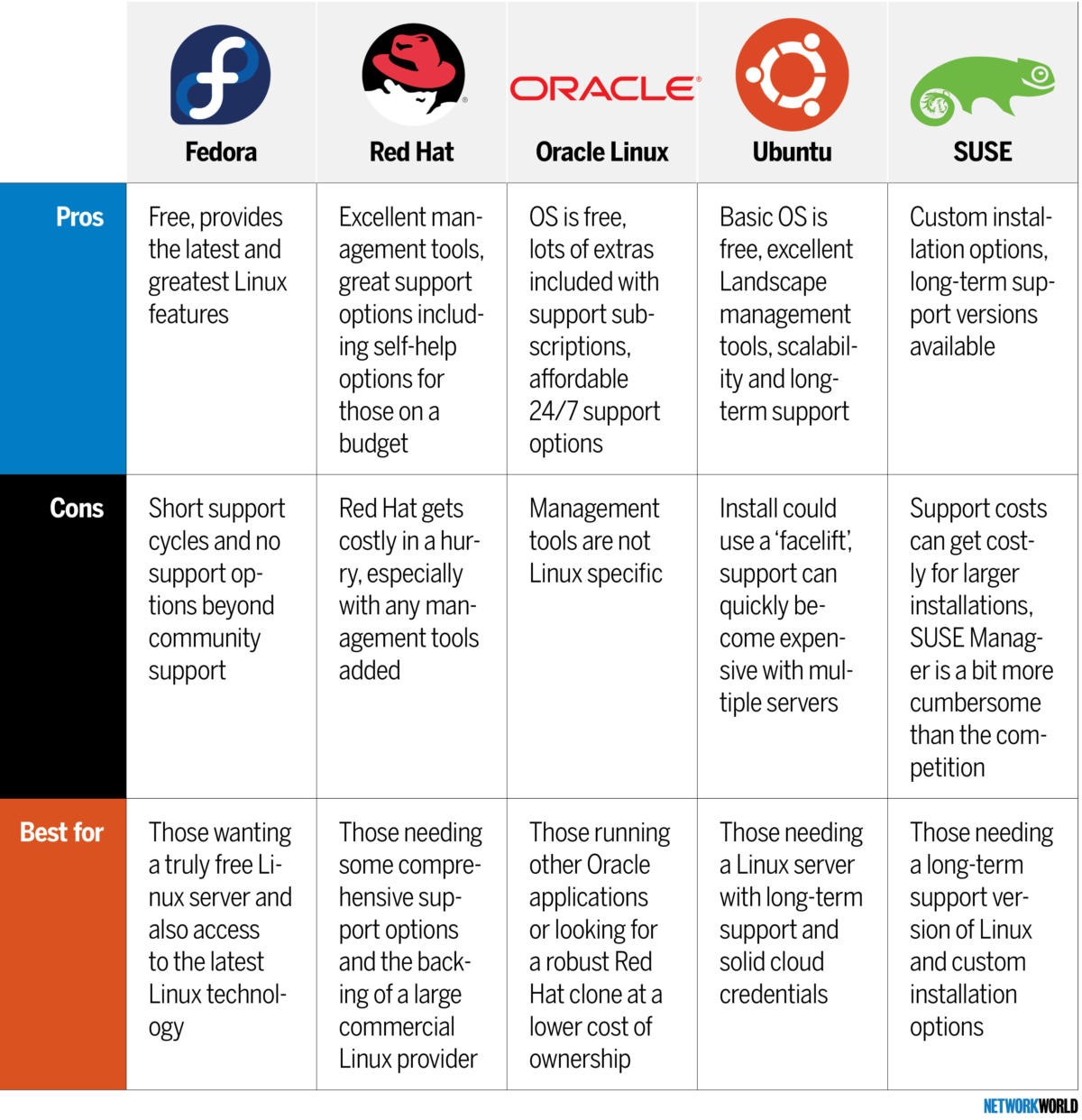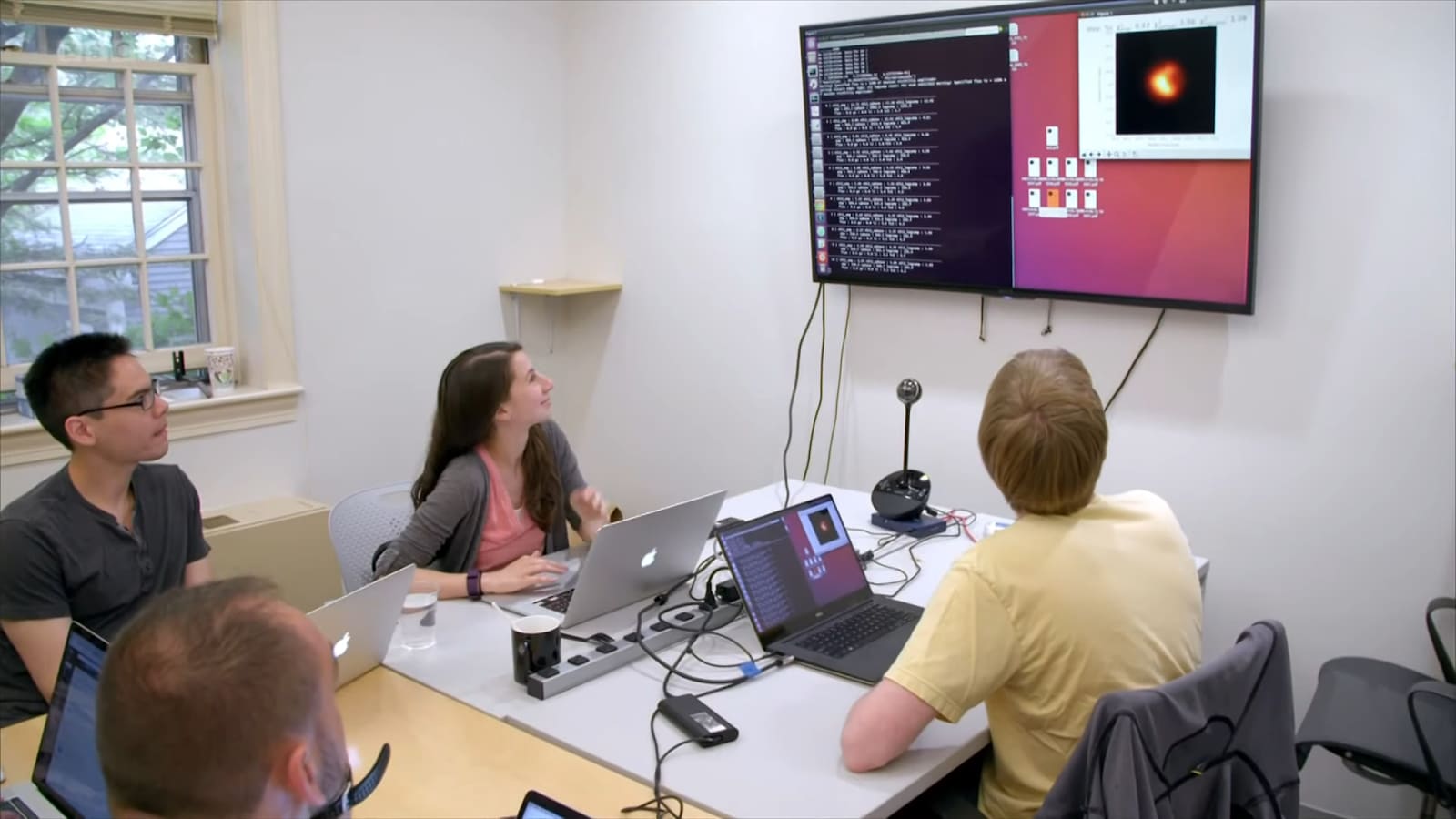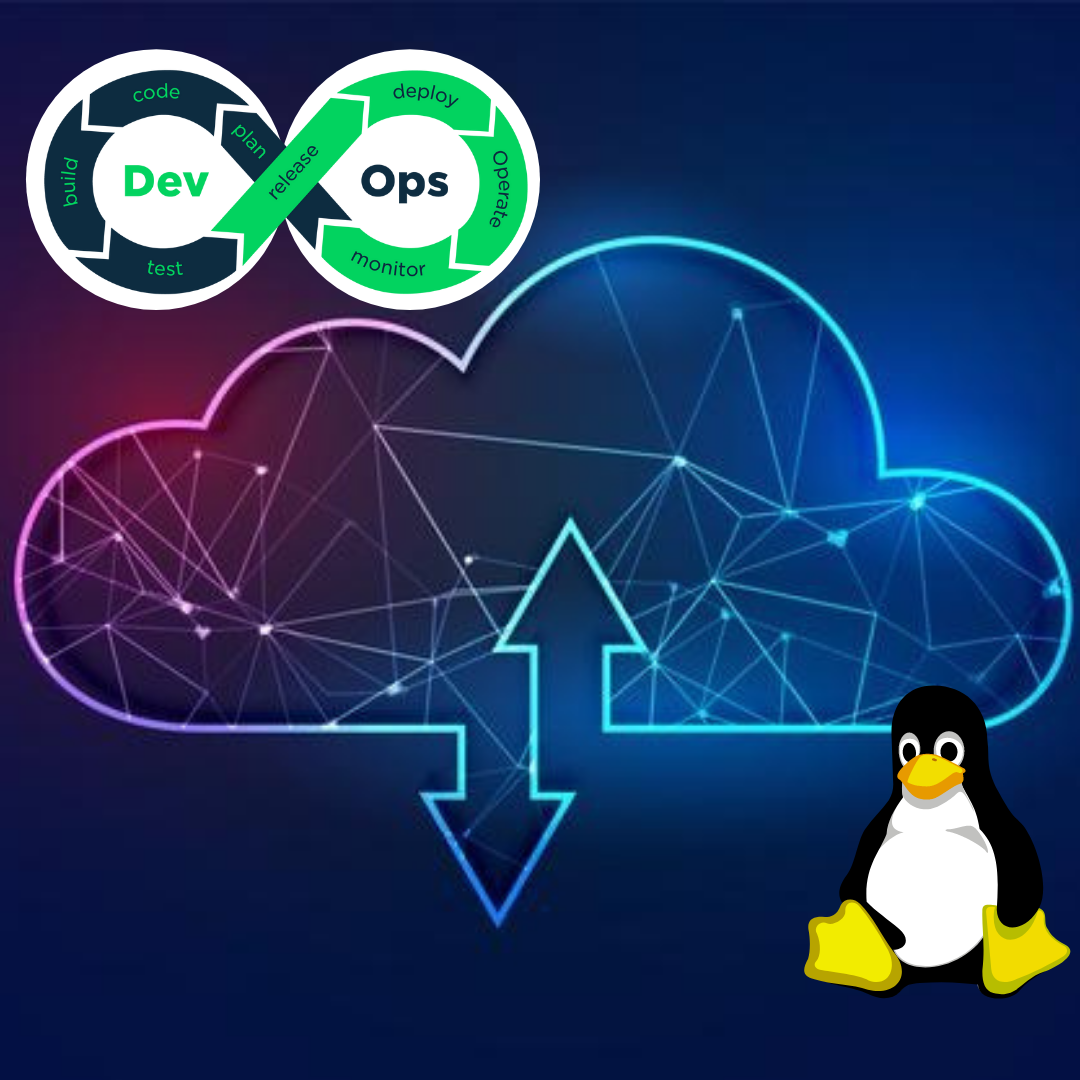When it comes to the world of operating systems, Linux is an undeniable powerhouse. But with the sheer number of Linux distributions available, it can be overwhelming to choose the right one for your needs. In this comprehensive guide, we’ll help you navigate the intricate landscape of Linux distributions, so you can find the flavor that suits you best. Whether you’re a newbie or a seasoned Linux user, this article will help you make an informed choice.
Understanding Linux Distributions
Before we delve into the specifics of different Linux distributions, let’s first understand what a Linux distribution is. In the Linux world, an operating system is often referred to as a “distribution” or “distro.” A distribution is essentially a collection of software, including the Linux kernel, along with various utilities and applications bundled together into a complete, ready-to-use package.
Linux distributions serve as a bridge between the open-source Linux kernel and end-users. They package the kernel with additional software, provide package management systems, and offer support and maintenance. This is what makes Linux distributions such a versatile and robust choice for various purposes.
Why Choose Linux?
Before we embark on our journey through Linux distributions, it’s essential to understand why you might choose Linux in the first place. Here are some compelling reasons:
Open Source: Linux is built on the principles of open-source software, which means that the source code is freely available for anyone to view, modify, and distribute. This fosters a collaborative and transparent development environment, leading to innovation and security.
Stability: Many Linux distributions are renowned for their stability and reliability. They can run for extended periods without needing to be rebooted, making them suitable for servers and critical systems.
Customization: Linux allows you to tailor your operating system to your exact specifications. Whether you’re a developer, gamer, or just a tech enthusiast, you can make Linux your own.
Security: Linux is less susceptible to malware and viruses compared to some other operating systems. It provides robust security features and benefits from the scrutiny of a vast open-source community.
Community Support: Linux boasts a passionate and knowledgeable user base. You can easily find solutions to your problems through forums, mailing lists, and dedicated communities.
Now, let’s explore the different Linux distributions and see which one aligns with your needs and preferences.
Ubuntu: The User-Friendly Choice
Ubuntu is often the first choice for Linux newcomers. It’s known for its user-friendly interface, extensive software repositories, and a strong focus on ease of use. With a release cycle of every six months, it provides access to the latest software and updates.
Key Features:
Unity Desktop Environment: Ubuntu uses the Unity desktop environment, which is intuitive and straightforward, making it a great choice for beginners.
Software Center: The Software Center simplifies software installation and management.
Long-Term Support (LTS) Releases: LTS versions are supported for five years, providing stability for long-term use.
Ubuntu is an excellent choice if you’re transitioning from another operating system or want a hassle-free experience. It’s also a great option for developers who need a stable environment with access to a wide range of development tools.
Fedora: For Cutting-Edge Technology
If you’re eager to stay at the forefront of Linux technology and innovation, Fedora might be your ideal choice. This distribution is sponsored by Red Hat, one of the leading names in open-source software.
Key Features:
Bleeding-Edge Software: Fedora is known for its commitment to delivering the latest software updates, which can be both exciting and challenging.
SELinux: Security-Enhanced Linux is integrated for enhanced system security.
Excellent Community Support: Fedora has an active community and a user-friendly forum for help and assistance.
Fedora is a go-to option for developers, early adopters, and anyone who wants to experience the newest features and technologies Linux has to offer.
Debian: The Universal Choice
Debian is the universal operating system. It’s known for its commitment to free and open-source software principles and has a reputation for stability and security. Debian offers three main branches: Stable, Testing, and Unstable, each serving a different purpose.
Key Features:
Stable Branch: Offers a highly reliable and stable operating system, perfect for servers and mission-critical applications.
Testing Branch: Provides access to newer software while maintaining a reasonable level of stability.
Unstable Branch: For those who want to live on the bleeding edge and test the latest software as it’s being developed.
Debian is often considered the basis for many other Linux distributions, making it an excellent choice for those who want a rock-solid foundation.
Arch Linux: For the Hardcore Enthusiast
If you’re the kind of user who wants complete control over every aspect of your Linux system, Arch Linux is a unique and challenging choice. Arch adheres to the “rolling release” model, meaning it receives continuous updates and doesn’t have fixed version releases.
Key Features:
Customization: Arch allows you to build your system from the ground up, selecting only the software you need.
Arch User Repository (AUR): A vast community-driven repository for software not available in the official repositories.
In-Depth Documentation: The Arch Wiki is an invaluable resource for troubleshooting and learning.
Arch Linux is not recommended for beginners. It requires a good understanding of Linux, command-line usage, and patience. However, for those who love to tinker and create a highly personalized system, Arch is a rewarding choice.
CentOS: The Enterprise Solution
CentOS is known for its stability and reliability, making it a popular choice for servers and enterprise environments. It is derived from the sources of Red Hat Enterprise Linux (RHEL) and is maintained by the CentOS Project.
Key Features:
Long-Term Support: CentOS offers long-term support with updates and security patches for up to ten years.
Compatibility with RHEL: It’s compatible with RHEL, which means you can enjoy RHEL’s enterprise-grade features without the cost.
Strong Community Support: The CentOS community provides excellent support and documentation.
If you’re looking for a robust, enterprise-level Linux distribution without the licensing fees, CentOS is a strong candidate.
Linux Mint: A User-Friendly Twist
Linux Mint is based on Ubuntu and shares its commitment to user-friendliness. However, Linux Mint adds its unique touch, making it even more approachable for newcomers.
Key Features:
Cinnamon Desktop: Linux Mint uses the Cinnamon desktop environment, known for its aesthetic appeal and user-friendliness.
Software Manager: The Software Manager simplifies the installation of software and updates.
Multimedia Support: Linux Mint includes proprietary multimedia codecs for seamless media playback.
Linux Mint is an excellent choice if you appreciate the usability of Ubuntu but desire a different look and feel. It’s particularly appealing for those who need excellent multimedia support out of the box.
OpenSUSE: For a Well-Rounded Experience
OpenSUSE provides a well-rounded Linux experience, with a focus on stability, ease of use, and a robust set of tools for system administration.
Key Features:
YaST: The YaST Control Center simplifies system configuration and management.
Tumbleweed (Rolling Release) and Leap (Fixed Release): You can choose between a rolling release or a fixed release, depending on your preferences.
Community and Enterprise Versions: OpenSUSE offers both a community version and an enterprise version, providing flexibility.
OpenSUSE is a versatile option for both desktop users and system administrators, offering the choice of rolling or fixed release models.
Choosing the Right Linux Distribution
With so many Linux distributions to choose from, it can be a daunting task to pick the perfect one for your needs. Here are some key considerations to help you make an informed decision:
Purpose: What will you primarily use your Linux system for? Are you setting up a server, a development environment, or just experimenting with Linux on your desktop? Different distributions are tailored to specific use cases.
Skill Level: Consider your level of expertise with Linux. If you’re a beginner, starting with user-friendly distributions like Ubuntu or Linux Mint is a wise choice. Experienced users may appreciate the challenge of Arch or the stability of Debian.
Support and Community: Strong community support can make your Linux journey smoother. Check out the distribution’s forums, documentation, and user base.
Software Requirements: Certain distributions have more extensive repositories than others. If you need specific software for your work or hobbies, ensure it’s readily available in your chosen distribution.
Update Policy: Do you prefer to have the latest features and updates as soon as they’re available, or are you looking for long-term stability? Some distributions offer rolling releases, while others have fixed release cycles.
Aesthetic Preferences: The look and feel of the desktop environment can significantly impact your experience. Try different desktop environments and see which one appeals to you the most.
System Resources: Consider the hardware you’ll be using. Some distributions are lightweight and work well on older machines, while others may require more resources.
Conclusion
Choosing the right Linux distribution is a crucial decision, as it forms the foundation of your computing experience. Whether you’re a Linux novice or a seasoned enthusiast, there’s a distribution that perfectly aligns with your needs and preferences. From the user-friendly simplicity of Ubuntu to the cutting-edge tech of Fedora, and the customization possibilities of Arch Linux, the Linux ecosystem offers a plethora of choices.
Before making your selection, take the time to evaluate your needs and goals. Consider your technical skills, hardware, and the kind of experience you want from your operating system. With the right Linux distribution, you can unlock a world of possibilities and enjoy the freedom and power of open-source computing.
So, which Linux distribution will you choose for your next adventure in the world of open-source software? The possibilities are endless, and it’s all up to you!






